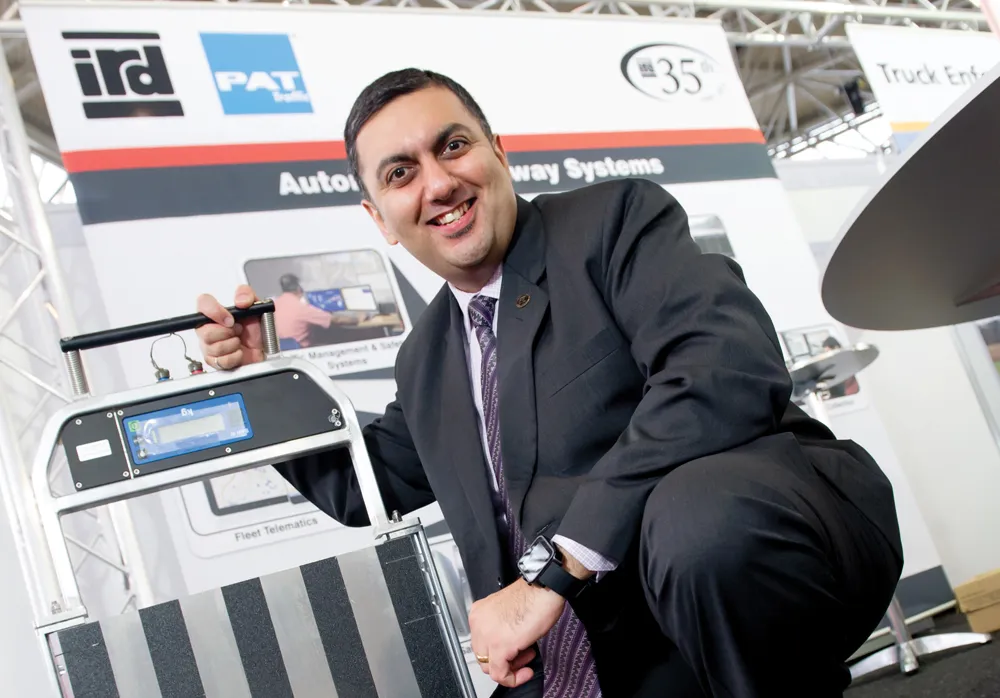Wavetronix has announced that it will showcase the reliability that has made SmartSensor HD a leading radar vehicle detector worldwide at the 2015 ITS World Congress. The company says long-term reliability and consistent accuracy are driving sales of HD to record levels; in France, they have made HD a valid loop replacement option as the Wavetronix office there becomes a direct provider in France.
July 31, 2015
Read time: 2 mins
“SmartSensor HD’s performance has been proven at thousands of installation sites around the world, often in difficult detection conditions,” says Bruno Claverie, sales director for Wavetronix France. “Today, billions of vehicles are detected by SmartSensor HD units every day, and the sensors have a low failure rate that is difficult to match. What’s more, the sensor requires little to no routine maintenance, which is one of the reasons it has become such an attractive alternative to loops,” he said.
In France, Wavetronix says SmartSensor HD is beginning to experience significant success, particularly on the Cofiroute Network, part of the
At the beginning of 2015, Wavetronix entered the French market to offer a direct commercial and technical service. “The goal is to foster a stronger client–manufacturer dialog and to provide our customers with reliable technical support that matches the reliability of our sensors,” Claverie said.










